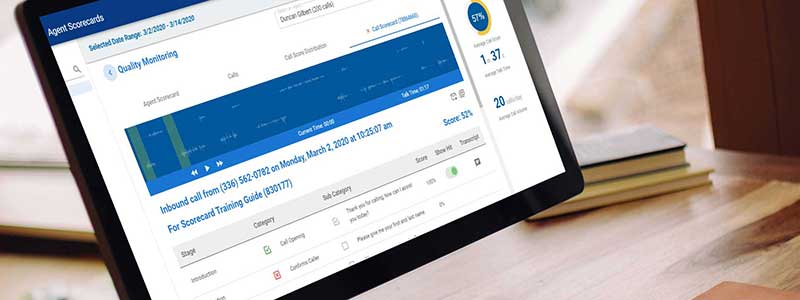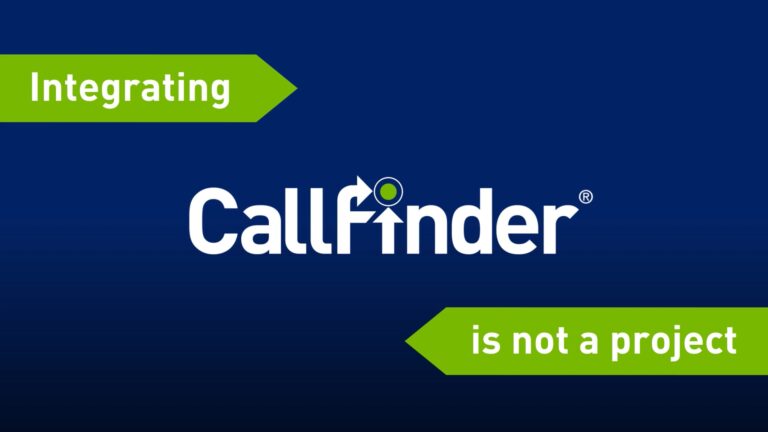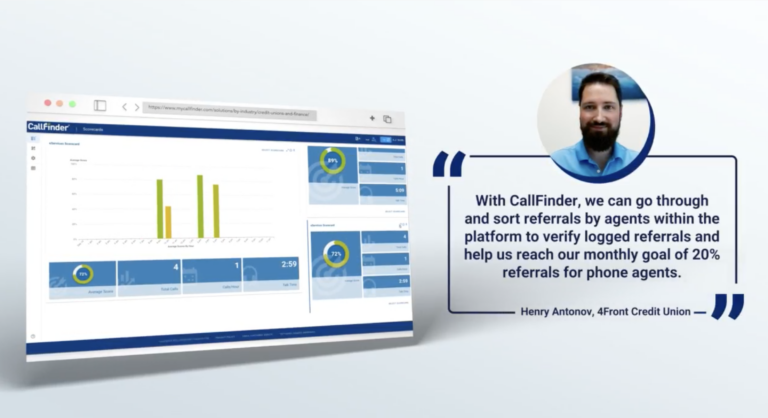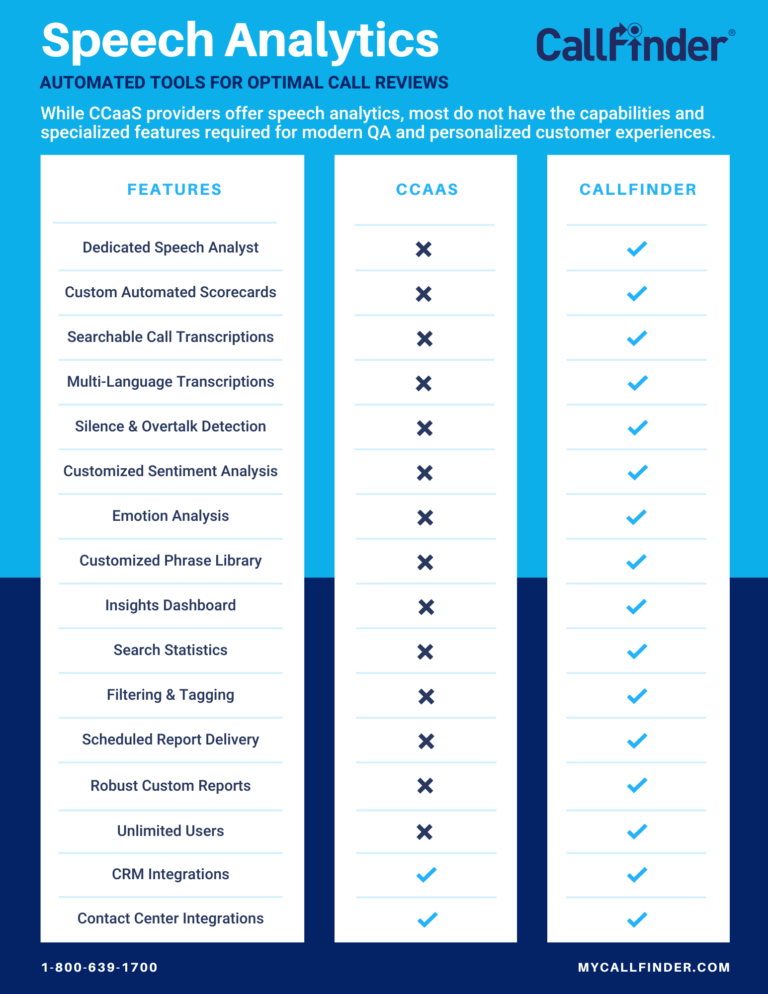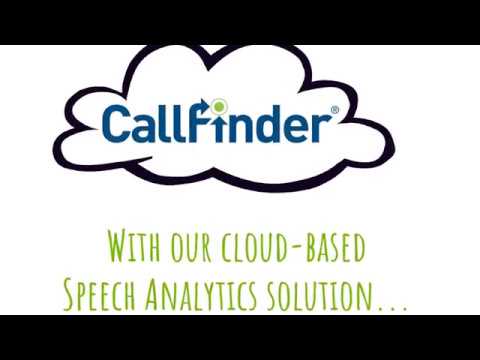Your business has access to more customer data than ever before, particularly in your contact centers. But how do you know what to do with all that data? Two solutions that can help are speech analytics and voice analytics. While both solutions analyze phone conversations to provide customer and business insights, their methods are quite different. Understanding how they are different will help you choose the call analytics solution that’s best for your business.
Speech Analytics
A speech analytics solution focuses on the actual words in a recorded phone conversation. This technology analyzes the content of agent-customer interactions by converting speech into text to organize the content. Speech analytics users can search all customer interactions for specific keywords. Once users locate calls containing those keywords, QA managers can quickly get an overview of how their agents handle calls related to certain topics.
Speech Analytics in Action
There are countless ways to use speech analytics. Here’s a simple example: a customer calls to ask if an order has shipped and when it’s expected to arrive. A quick search for the words “order” and “shipped” locates every call containing those keywords. Call center managers can then dig into each call to determine whether or not the customer received the needed information.
Businesses often use speech analytics to gain CX insights and uncover customer sentiment trends. Advanced speech analytics solutions include scorecards to help managers establish coaching initiatives and provide consistent feedback to agents. Businesses can now use all that data to make more informed decisions, improve agent performance, and ultimately give customers an excellent experience.
Voice Analytics
If speech analytics focuses on what was said in a conversation, voice analytics focuses on how it was said. Voice analytics software analyzes audio patterns for certain features, such as tone, pitch, stress, tempo, and rhythm. Also known as sentiment analysis, voice analytics reveals the emotions within the content of the call. This provides a more accurate reflection of a customer’s mood.
Voice Analytics in Action
Voice analytics is most often used to improve the customer experience. For instance, a customer may use the word “great,” which normally denotes a positive sentiment. However, most solutions cannot detect cues, such as sarcasm or anger, which can completely change the meaning of the word. Understanding customer emotions is crucial to creating better customer experience strategies. That’s why modern voice analytics solutions include features that provide context.
Final Thoughts
It’s easy to confuse speech analytics and voice analytics. The most important thing to remember is that these automated solutions save time and money on QA processes. Whether you run a large call center or a local franchise, you will benefit from implementing an automated quality monitoring solution. Watch this short video to learn more about the benefits of CallFinder’s automated solutions, or schedule a demo!
